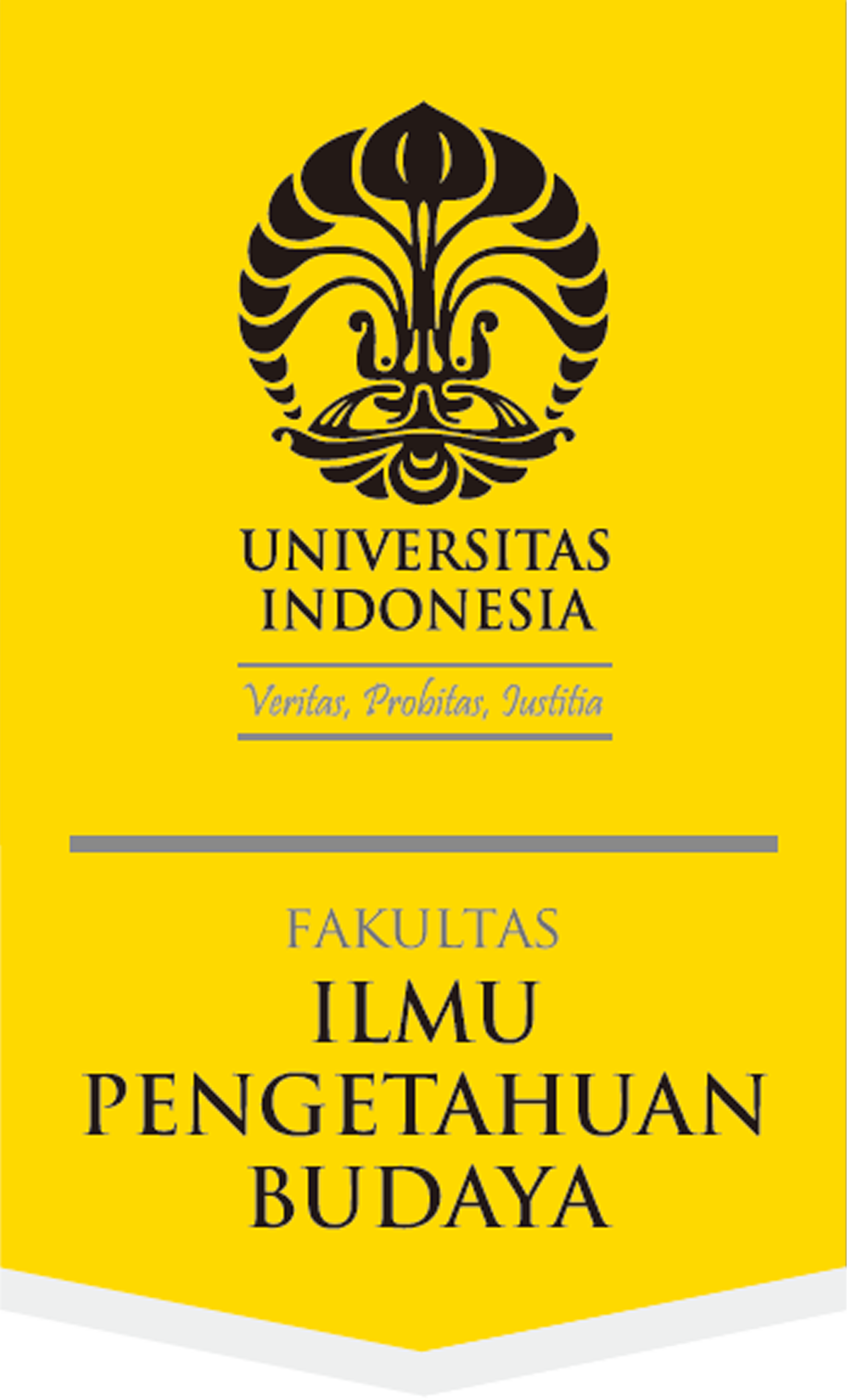Abstract
Since the abrogation of Presidential Instruction Number 14/1967 which banned Chinese customs celebrations and religion in public, there has been a revival in Chinese festivals, language, art, media, culture and not in the least in the field of architecture and urban planning. With increasing interest in heritage and the support of the Indonesian government for heritage cities programmes, several promising initiatives involving Chinese architecture have been launched in cities both large and small. A brief glance of the history of Chinese Indonesian architecture is given, as well as some recent initiatives in selected cities plus a discussion of the importance of public space in accommodating Chinese festivals. Study of old maps and photographs prompts reflections on the characteristics and development of Pecinan during the colonial era and of their later history. The analysis in this article and examples of recent developments in the cities discussed can be used as an inspiration in the revitalization of Pecinan, thereby contributing in an attractive and livable urban environment.
References
Affan H. 2016. “Menyelamatkan kota tua Jakarta dari kehancuran in BBC Indonesia”. [Retrieved from: http://www.bbc.com/indonesia/ majalah/2016/02/160204_majalah_ revitalisasi_kotatuajkt accessed 15- 07-2016].
“Atlas of Mutual Heritage”. [Retrieved from: http://www.atlasofmutualheritage. nl/nl/Plattegrond-Batavia-aanleiding-Chinese-opstand-1740.4439].
“Chinatown Den Haag krijgt Chinese poorten”. [Retrieved from: http:// www.architecten web.nl/aweb/redactie/redactie_detail.asp?iNID=8024 accessed on 24-06-2016].
Colombijn, F. 2013. “Spatial segregation or spatial mixing of diaspora communities in late colonial Indonesia”, in: Waltraud Kokot, Christian Giordano, and Mijal Gandelsman-Trier (eds), Diaspora as a resource, comparative studies in strategies, networks and urban space, pp. 273-287. Zürich, Berlin: Lit.
Dinas Pekerjaan Umum Kabupaten Bangka Barat. 2015. “Penyusunan detail engineering design Kota Pusaka Muntok”. [Laporan akhir, Tim Peneliti Arsitektur UI.]
“Great Public Spaces: what makes a place great”. [Retrieved from: https:// www.pps.org/reference/public_space_benefits/ accessed on 26-11-2016].
Handinoto. 2015. Lasem; Kota tua bernuansa Cina di Jawa Tengah. Yogyakarta: Penerbit Ombak.
Heidhues, Mary Somers. 1992. Bangka tin and Mentok pepper; Chinese settlement on an Indonesian island. Singapore: Institute of Southeast Asian Studies.
Heidhues, Mary Somers. 2009. “1740 and the Chinese massacre in Batavia; Some German eyewitness accounts”, Archipel 77/1: 117-147.
Kesengsem Lasem. 2016. “Penghargaan bagi para pelestari di Lasem!”. [Retrieved from: http://kesengsemlasem.com/id/2016/12/20/ penghargaan-bagi-para- pelestari-di-lasem/, accessed on 19-02-2017].
“Law of Cultural Conservation or Undang-Undang Cagar Budaya Nr 10/2010; The regulation for heritage conservation”. [Retrieved from: www. hukumonline.com, accessed on 13-02-2017].
Leushuis, Emile 2011. Gids historische stadswandelingen Indonesië. Amsterdam: KIT.
“Local residents welcome Bogor’s pecinan revitalization program”, Jakarta Post 4-1-2016. [Retrieved from: http://www.thejakartapost. com/news/2016/01/04/local-residents-welcome-bogor-s-pecinanrevitalization-program.html accessed 15-07-2016].
Malagina, A. 2016. “Kota candu bersiap menuju World Travel and Tourism Council 2017 in National Geographic Indonesia”. [Retrieved from: http:// nationalgeographic.co.id/ berita/2016/11/kota-candu-bersiap-menujuworld-travel-and-tourism-council-2017 accessed on 26-11-2016].
Ngashim, A.A. 2010. “Sejarah Malioboro; Intrik Jawa-Cina hingga dunia sastra”, Kompasiana. [Retrieved from: http://www.kompasiana.com/ aziz.abdul.ngashim/ sejarah-malioboro-intrik-jawa-cina-hingga-duniasastra_54ff330ba33311dc4950f8bf accessed 15-07-2016].
“Ontwikkelingskader en ontwerp openbare ruimte Chinatown Den Haag; Website Ligtvoet Regtop Architecten”. [Retrieved from: http://www. regtoparchitecten.nl/?portfolio= beeldkwaliteitsplan-en-openbare-ruimtechinatown-den-haag accessed on 24-06-2016].
Palilingan, P. 2016. “Revisiting the value of the past at Pantjoran Tea House”. [Retrieved from: http://manual.co.id/article/pantjoran-tea-house/ accessed 15-07-2016].
Pratiwo. 2002. “The Chinese Town Lasem”, in: P.J.M. Nas (ed.), The Indonesian town revisited, pp 147-171. Münster: Lit; Singapore: Institute of Southeast Asian Studies.
Pratiwo. 2007. “Seeking the spirit of the age; Chinese architecture in Indonesia today”, in: P.J.M. Nas (ed.), The past in the present; Architecture in Indonesia, pp. 73-83. Leiden: KITLV Press.
Putranta, Donatus Dasapurna. 2015. “Bangka Barat daftarkan 46 bangunan jadi cagar budaya”. [Retrieved from: http://www.antarababel.com/ berita/21790/bangka-barat-daftarkan-46-bangunan-jadi-cagar-budaya, accessed on 17-02-2017].
Qomah, K.I. 2016. “Ini makna Gerbang Ketandan in Harian Jogja”. [Retrieved from: http://www.harianjogja.com/baca/2016/03/17/tionghoa-jogjaini-makna-gerbang-ketandan-701504 accessed 15-07-2016].
Raap, Olivier Johannes. 2015. Kota di Djawa tempo doeloe. Jakarta: Kepustakaan Populer Gramedia.
Santoso, Jo. 2009. “The fifth layer of Jakarta”. Jakarta: Centropolis. [Kontribusi untuk International Architecture Biennale Rotterdam 25 September 2009, Program Magister Teknik Perencanaan, Jurusan Arsitektur – Universitas Tarumanagara; Prosiding dan dokumentasi.]
Setyonugroho, E.A. 2016. “Peringatan Hari Museum Nasional 2016 di Museum Nyah Lasem“, National Geographic Indonesia. [Retrieved from: https:// nationalgeographic.co.id/berita/ 2016/11/peringatan-hari-museumnasional-2016-di-nyah-lasem accessed on 26-11-2016].
Tio, Jongkie. 2013. Semarang city; A glance into the past. [Semarang.]
Wara, D., A. Roesli, and C. Attahiyat. 2015. “Selusur jejak sejarah Jakarta melalui bangunan Tionghoa”. [Lecture and discussion on the occasion of Kota Tua Creative Festival on 15 August 2015, organized by Creative Room.]
Wardhani, D.A. and S. Dewan. 2015. “Kota Tua strong contender in Unesco heritage nominee list”, Jakarta Post 4-2-2015. [Retrieved from: http:// www.thejakartapost.com/ news/2015/02/04/kota-tua-strong-contenderunesco-heritage-nominees-list.html accessed 15-07-2016].
Widodo, Johannes. 2004. The boat and the city; Chinese diaspora and the architecture of Southeast Asian coastal cities. Singapore: Chinese Heritage Centre. [Architecture of Southeast Asian coastal cities series.]
Widodo, Johannes. 2007. “The Chinese diaspora’s urban morphology and architecture in Indonesia”, in: P.J.M. Nas (ed.), The past in the present; Architecture in Indonesia, pp. 67-72. Leiden: KITLV Press.
Winarno HH. 2016. “Ketandan, Kampung China di tengah meriahnya Malioboro“, Merdeka.com. [Retrieved from: https://www.merdeka.com/ khas/ketandan-kampung-china-di-tengah-meriahnya-malioboro-sisi-lainyogyakarta-2.html, accessed 15-07-2016].
Yap Kioe Bing. 2011. Mijn vader uit Semarang. Free Musketeers.
Recommended Citation
Tjiook, Wiwi
(2017)
"Pecinan as an inspiration; The contribution of Chinese Indonesian architecture to an urban environment,"
Wacana, Journal of the Humanities of Indonesia: Vol. 18:
No.
2, Article 12.
DOI: 10.17510/wacana.v18i2.596
Available at:
https://scholarhub.ui.ac.id/wacana/vol18/iss2/12

- Citations
- Citation Indexes: 8
- Usage
- Downloads: 513
- Abstract Views: 150
- Captures
- Readers: 70
- Mentions
- News Mentions: 1









